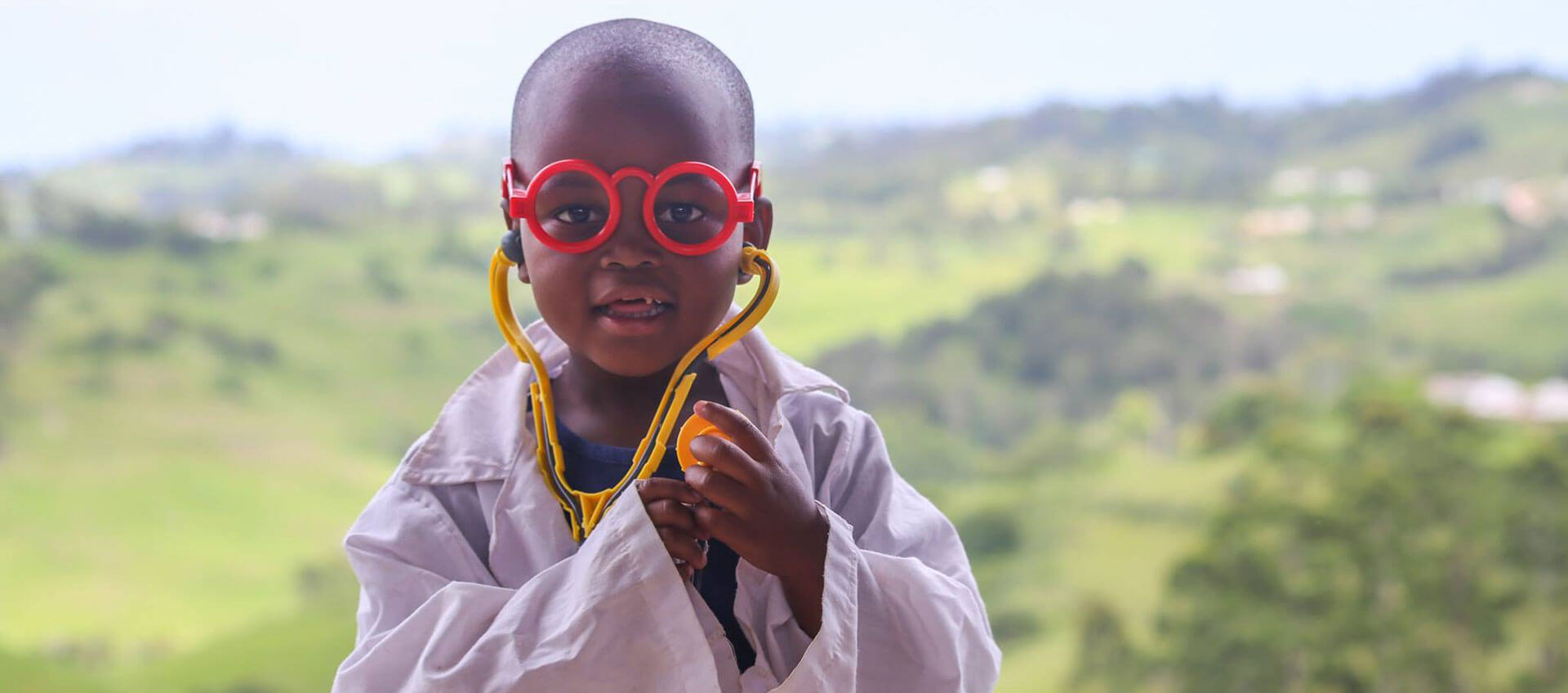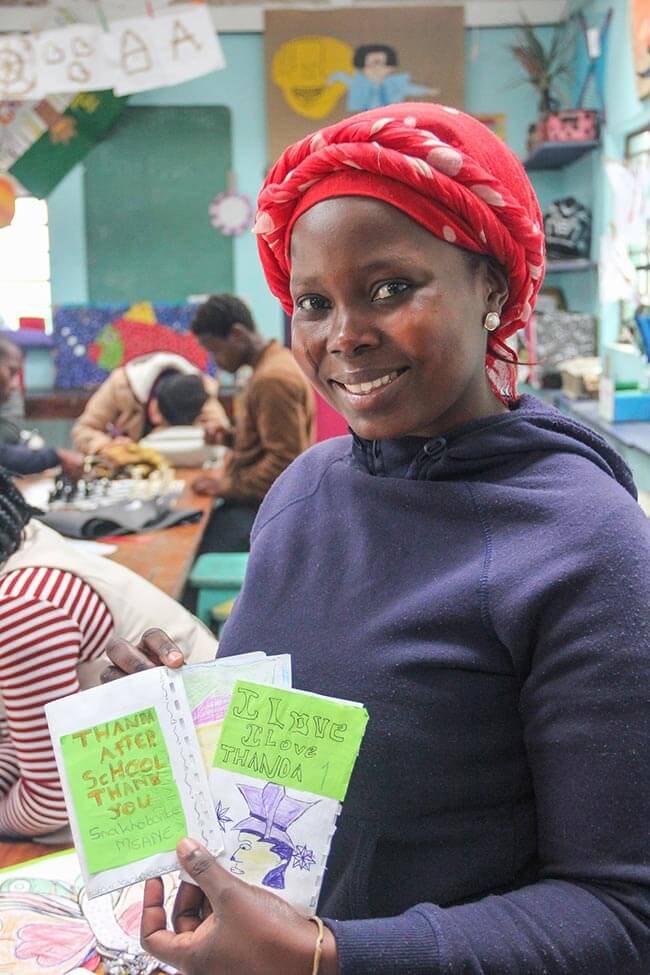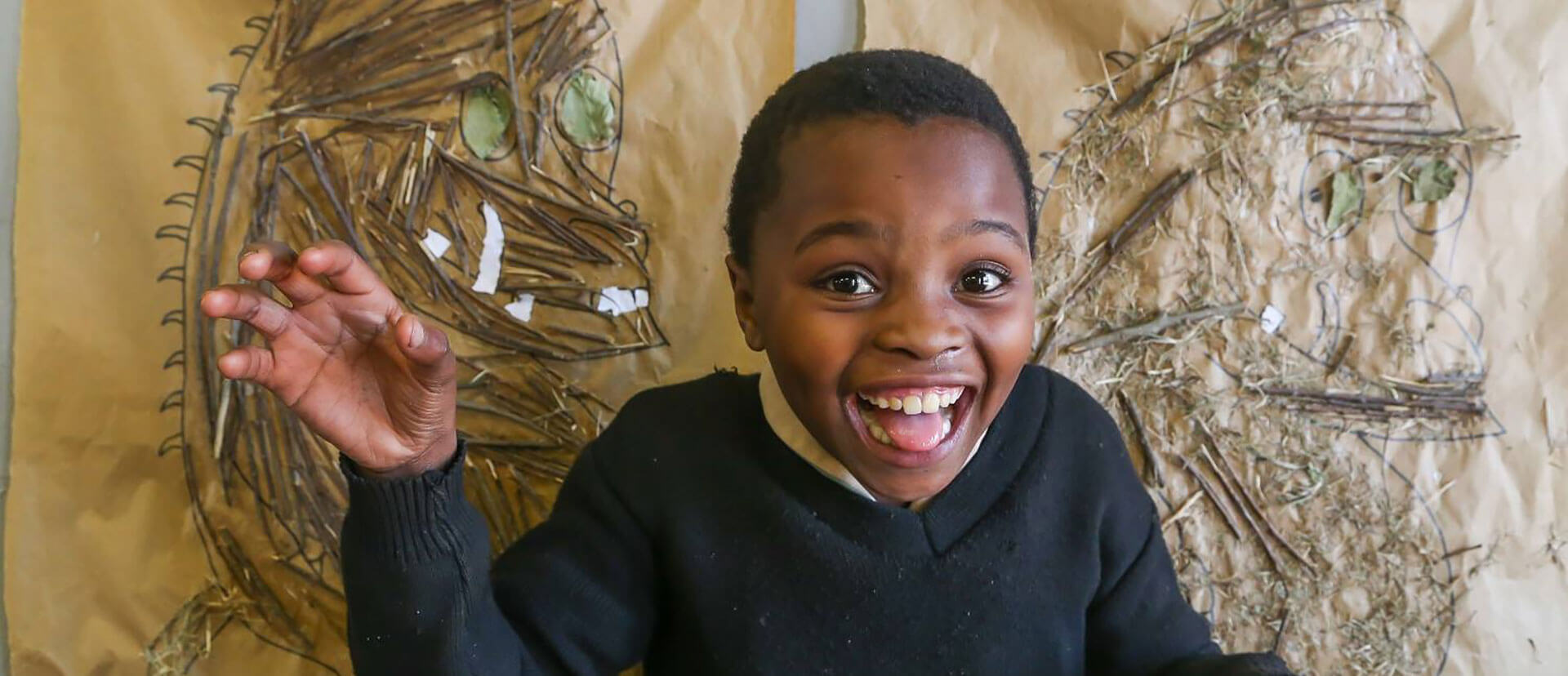
When was the last time you did something because it made you happy? Not because someone asked you to, not because someone was expecting you to, but simply because doing it, whatever it was, produced a feeling of joy in yourself. Think about it. What were you doing? Were you being creative, drawing or painting or writing? Maybe you were improvising on an instrument or listening to new music. Maybe you were kicking or throwing a ball around with some friends, or cooking a meal from scratch. Whatever it was, if it fits the description above — of having no external purpose other than bringing joy to the people involved — you were likely in what can be referred to as a state of play. Entering this state is a very important human process. Although most of us don’t acknowledge it, play was likely vital to you getting to wherever you are now. In fact, the utility of play, and how vital it can be to ongoing personal success, has been overlooked for decades now. But, as practice of it shows, and as science is beginning to prove, the power of play is second to none.
Why We Play
The instinct to play is present in humans, like all mammals, from birth. As we grow, we use play to develop new synapses in our brains, forming new connections and strengthening the neural network. Children pretending to have a tea party in their sandpit are playing. Puppies chewing and wrestling with each other are playing. These nascent forms of play typically involve mimicking older members of the species and role-playing different scenarios that may arise later in life. Though tea parties and puppies wrestling may seem frivolous to adults, going through these imitative motions lays down the framework for cranial development in the young, so that when they are older, their brains are more able to perform adult tasks. When the puppies get older, they will use more advanced versions of the same roughhousing skills to perform key canine tasks — anything from establishing hierarchy to hunting or protecting their pack. In the same way, humans learn the basics of social interaction through childhood pretend play and imitation, which they will continually reuse and revisit as long as they live. Accordingly, what comes across as frivolous in the moment can have long term positive impact on development.
As we grow, the links between the ways we play and the parts of our brain it enhances become less prescriptive, but no less important. Play helps us to ward off stagnancy and complacency in a very literal way, but only if approached correctly.

The Science of Play
“It doesn’t have a particular purpose, and that’s what’s great about play. If its purpose is more important than the act of doing it, it’s probably not play.” – Stuart Brown
The formal study of play is still a burgeoning field of science, inhibited by a historical lack of funding, likely stemming from institutions unwilling to dedicate time and scientific rigour to something as seemingly frivolous and childish as play. Luckily, in the last few decades, this has started to shift, and play has come under the scientific spotlight. Founder of the National Institute for Play, Stuart Brown, quoted above, discussed in his 2008 TED talk a lab experiment that showed the importance of play to our survival. Rats were broken into two groups. One group was allowed to play in their enclosure, using toys or exercise machines, and the other was prevented from doing so, forced to sit in their cage with little stimulation. After a set amount of time, a cat-scented collar was introduced into the enclosures. Both groups shared the same instinctual reactions to the scent of a predator: hide. This was the rats’ survival instinct kicking in. However, what they did thereafter showed their differences: the playful group were able to continue assessing their environment even after the collar was introduced, and eventually came out of hiding to discover the predator they feared had not actually appeared. They had the brain flexibility necessary to override a natural instinct in a new situation. The rats who were forced to live rigidly did not. They made no plan other than to follow their instincts and fears, staying in their hiding places indefinitely. If they were in the wild, they almost certainly would have starved to death.

In a similar vein, the late-1970s Rat Park experiment by Bruce Alexander and his fellow researchers at Simon Fraser University in Canada ostensibly proved the undeniable significance of play in the realm of addiction and recovery. In the experiment, rats living in isolation or depressing situations voluntarily used drugs at a remarkably higher rate than rats who lived in a large, free-range enclosure designed to facilitate play, despite those playful rats having equal access to the addictive substances. Those playful rats also showed remarkably higher rates of voluntary abstinence from any drugs to which they had been conditioned for dependency. So, not only did a playful life lead them to consume fewer drugs, it helped them to recover more rapidly and completely even once addiction had set in. Coming out near the height of the War on Drugs, this research was met with scorn, as it challenged the popular ideas that the drugs themselves were the true problem, and that criminalizing them was therefore the best solution. The idea that creating environments where human beings can be more playful might actually lead to lower rates of drug abuse was considered radical. Now, seeing how that War has panned out, with addiction reaching the scale of a global epidemic despite higher and higher incarceration rates (in rat cages for human beings), the Rat Park findings seem more relevant than ever. While these studies are difficult to replicate and much research is yet to be done, so far it seems to point to the idea that, if we are allowed to enjoy ourselves, if we are allowed to feel at play, in whatever we are doing, we do it better.

The Shoulders of Giants
Key to play’s utility to us is that it retains the brain elasticity and malleability needed to survive in an unpredictable world. Even once basic survival is assured, its utility doesn’t dissipate. Play breeds innovation. In fact, some of the greatest scientists, philosophers, and innovators of all time were, at their core, playful.
Sir Isaac Newton created math that showed that the same physical laws govern physics on earth and in space, invented calculus, and instituted scads of other foundational concepts in science. Despite rising to a high position in the formal world of academia, his mind set was not I am smart, therefore I already understand the world. He saw the world as a vast sea of infinite mystery. The only thing he could do to have any hope of understanding any of it was keep seeking and finding new shells, new nuggets of truth that might lead to some deeper insight or knowledge. He approached scientific discovery playfully, with no specific goal or hypothesis in mind. This kept him open to a wide range of new ideas, so if and when one struck, he could consider it in full. And, before he knew it, this led him to opening whole new fields for humans to explore and learn from.

The same can be said of Charles Darwin. He did not set out on The Beagle in 1831 with a specific goal in mind, least of all to become a scientific and historical heavyweight. His father wished for him to become a priest, but instead, he followed his own genuine interest in nature all the way to the Galapagos, where he messed around observing the various animal species there. He jotted down notes and doodles and, in the process, he opened himself up to new ideas and theories that might explain their existence. While keen observation and note-taking don’t seem like most people’s idea of fun, Darwin clearly enjoyed it, because he was willing to endure long and dangerous voyages on a wooden boat without a radio and with a bunch of sailors who mostly thought he was crazy. He also took the time to write a bible-size book that put his reputation at stake and put him in the firing line for the ideas it illuminated: The Theory of Natural Selection. Darwin, knowing his ideas would be seen as a radical in his time, sat on the theory for over a decade before publishing it. He didn’t want the fame or the controversy that may go with it, because he knew the people around him weren’t ready or flexible enough to take on such a wide-sweeping and paradigm-shifting idea. He understood that scientific progress required playfulness and curiosity, but also knew that forcing those onto others was no good. Instead, he led by example. Luckily, the world did eventually open up to Darwin’s ideas, and many scientists, from Albert Einstein to Carl Sagan and beyond, have followed his example across any number of fields.
The poet Emily Dickinson understood why Darwin was afraid to publish his work, and managed to condense it into the poem “Much Madness is divinest Sense.” Dickinson didn’t publish many poems during her lifetime — she didn’t expect anyone to be interested in, or ready for, what she had to say. She didn’t write poems because she was trying to communicate her ideas to anyone in particular or gain any sort of status or acclaim. She just really liked poems and how they made her feel. When Thomas Wentworth Higginson met with Emily Dickinson, she described her relationship with poetry as follows: “If I read a book [and] it makes my whole body so cold no fire ever can warm me I know that is poetry. If I feel physically as if the top of my head were taken off, I know that is poetry. These are the only ways I know it. Is there any other way?”1
Emily Dickinson’s relationship to poetry was purely for the sake of poetry. There was no other purpose for it outside of the joy it gave her — not even publishing. And, yet, years after her death and the posthumous publishing of her unreleased poems, she is considered one of the most important poets in history, and her poems are read all over the world. Her legacy stands as a testament to what one can achieve by fully immersing oneself in play.
A Fine Line
Play’s utility is far from limited to scientists and lab rats. Anyone can benefit from play. Singing at the top of your voice with your church congregation can be play. Waking up early on a Saturday morning and reading a few chapters of a book can be play. Going to a yoga class, teaching yourself to surf, dusting off an old notebook and pen, the list goes on and on. Play, in any of these forms, can be used to expand and strengthen brain activity in a generalized way.
What makes these examples playful, though, is not the physical actions themselves, but the psychological state in which you perform them. If you sing loudly at church because you want the social recognition of being a good singer, that’s not play. If you sing loudly at church to save yourself from eternal damnation and hellfire, that’s not play either. If you read on the weekend because it is part of your assigned coursework that you’ve been putting off for weeks, that’s not play. Even yoga or surfing, if the reason you get involved with them is something outside of the act of simply doing them, that’s not play.

In most team sports, the word “play” is still the verb used to describe the act of participating, but much of the structure is often far from playful. When you look at most traditional sports, like soccer, basketball, or rugby, one of their key shared characteristics is that they are heavily structured by an authority that benefits from people learning to obey society’s own rulebook. As a method of education and positive growth for individuals, the presence of rules, referees, coaches, timekeepers, and so on, act as arbitrary boundaries for the skills individual players can learn. Even the presence of an opponent gives the playing a purpose, that of beating or bettering someone else. These sports ask us to direct our creative energies into a relatively constrained space. As a result, lifelong repetition and consistency become core traits for most top-tier athletes, and all of the work they put in is towards a specific goal, be it a trophy, a medal, or even just the status and acclaim that comes with being an athlete in the public eye. All of those scenarios involve prescriptive skills — doing something with a specific goal in mind, firing a specific synapse in your brain that already exists. This is not to say that team sports don’t teach us valuable skills like teamwork and communication, or that acquiescing to the arbitrary power of authority is not sometimes a necessary part of human life. However, if this sort of play is all we are exposed to over time, this unquestioning repetition and obedience to arbitrary authority can become habit. Real play, though, is that which you do with no goal in mind, but which as a result, encourages your brain to expand and develop new connections, benefiting your wellbeing and building self-esteem in ways no directed skill ever could.

Kick, Push, and Play
One of the best examples to illustrate the importance of play, as well as the fine line between the generalized play key to human development and the less productive, goal-oriented sense of play, is skateboarding.
In the 1950s, a few Californian surfers decided, why not surf concrete? Pioneers of invention, they hacked apart roller skates, slapped the wheels onto a piece of wood and created an activity that had none of the trappings of traditional sports. The playing field is practically infinite, there’s no clock to tell you when to start and stop, the closest thing to a referee is the Law of Gravity (or Johnny Law), and the only person really coaching or pushing you is yourself. By breaking away from the guidelines, boundaries, and rules of traditional sport, it is not encouraging rebelliousness just for the sake of being rebellious, but asking children to look beyond those boundaries — to literally think outside of the box, the arena, or the soccer pitch and put their ideas, whatever they may be, into action. To see the world from a skateboard is to open yourself up to possibilities, to be flexible in your understanding of objects in space and the different ways you can interact with them. No set of stairs is just a set of stairs, no pothole is just a pothole, and no crack in pavement is just a crack. They are all opportunities. Could I ollie that gap? Could I grind on that rail? Skaters are always imagining new ways to do what they do, with the world as their playing field. Beyond interpreting space creatively, skateboarding has a whole host of other skills inherent to it. The inevitable process of falling down and getting back up teaches one of the most valuable skills any human can learn — how to accept your shortcomings and find the self-esteem to continue on anyway, even if you’ve failed before. Likewise, skating requires you to develop internal senses of motivation, accomplishment, and accountability, where you are responsible for your own actions, and for understanding how those actions affect you and the people around you. These are vital skills within the context of “playing” on a skateboard and, once you have them, their applications outside of skating are endless. Even the ethos of skateboarding — where individual accomplishment can stand alone and does not have to come at the expense of another player, like traditional sports with zero-sum winning and losing — more embodies the South African ideal of ubuntu, which can be translated as “I am because we are.” If we can achieve this sort of idea through play, our ability to actualize it in our communities will only increase.
That’s not to say there isn’t competition in skateboarding — skaters love to push each other to try to one-up each other’s tricks. Competitions like the X Games and Street League Skateboarding formalize this sense of competition and feed it with external motivations for skaters to desire — trophies, sponsorships, Instagram followers, etc. They seek these by perfecting complex manoeuvres in controlled environments. While the tricks skaters perform on these purpose-built parks can be as difficult as tricks done on the street, few skaters see these constructed arenas as the apex of the sport. Rather, the top skaters are the ones who skate with their own style, who see opportunities in spaces others may not, and who don’t need external feedback to continue doing what they’re doing. In other words, the best skaters are the ones who most successfully combine skilful ability with playfulness.
Play On
Play is a vital part of life. Play is how we come to understand and engage with the world around us, just as we have since the dawn of mankind. And it’s not unique to humans. Play and playfulness fill a surprisingly ubiquitous role in mammals’ path towards growth and maturity. However, lots of human cultures regard play as immature, as an undesirable form of neoteny, as something that we should all grow out of by the time we reach physical maturity. To a small extent, this is understandable. We can’t have an industrial workforce full of people who spend all day every day daydreaming or drawing or not doing the things that need to be done for survival. Task-oriented activities have their own role to play in life, to be certain. However, the fatal flaw is developing a mind set in which it is somehow noble to lose the ability to play entirely, to atrophy our natural capacity for curiosity and exploration. Many modern adults tend to strive for rigidity, for control, for a world so unchanging and unsurprising that it requires no mental flexibility. This makes you an excellent worker on an assembly line, but not a productive member of society going forward. The world is changing every second of every day. And the best way to cope with constant change is not to buckle down on what we already know and get more serious, but rather to let go of any expectations that we are supposed to know everything about the world around us, accept that we are still able to learn, and allow ourselves to play.
Now put down this boring article and go play (unless you are at work... then get back to work and play when you get home).
[1] Meyer, Michael. The Bedford Introduction to Literature: Reading, Thinking, Writing. Fifth ed., Bedford/St. Martin’s, 1999.
If you enjoyed this article and feel called to give back to ASDE, here are ways you can support our work:
- Donate money
- Share our content with others! Click one of the buttons above to easily share on Twitter, Facebook, or email.
- Consider becoming a Contributor for Tipping Points
Tipping Points Magazine amplifies the diverse voices within the Self-Directed Education movement. The views expressed in our content belong solely to the author(s). The Alliance for Self-Directed Education disclaims responsibility for any interpretation or application of the information provided. Engage in dialogue by reaching out to the author(s) directly.






